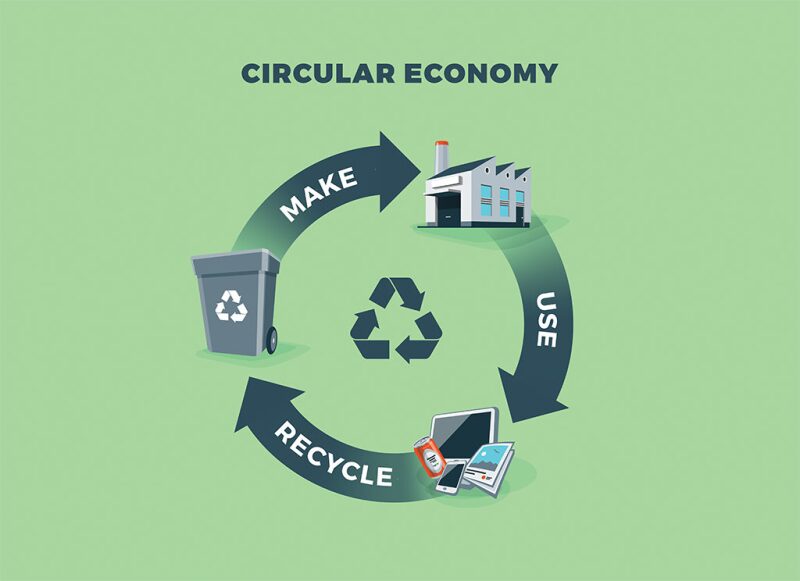Circular Economy in Manufacturing: Closing the Loop for Sustainable Production
Explore how circular economy principles are transforming manufacturing processes to eliminate waste and create sustainable value chains that benefit both business and the environment.

The traditional linear economy model of "take-make-dispose" is being replaced by a more sustainable circular approach that keeps resources in use for as long as possible. In manufacturing, this shift is creating new opportunities for innovation, cost savings, and environmental protection while building more resilient supply chains.
Understanding the Circular Economy Model
The circular economy is based on three fundamental principles: design out waste and pollution, keep products and materials in use, and regenerate natural systems. In manufacturing, this translates to:
Design for Circularity
Products are designed from the start to be easily disassembled, repaired, refurbished, and recycled. This includes using modular components, standardized parts, and materials that can be safely returned to the environment or reused in new products.
Resource Recovery and Recycling
Manufacturing processes are designed to recover and reuse materials at the end of a product's life. This includes advanced sorting technologies, chemical recycling processes, and closed-loop material systems.
Product Life Extension
Products are built to last longer and designed for easy maintenance and upgrades. This reduces the need for frequent replacements and keeps materials in use for extended periods.
Implementing Circular Economy in Manufacturing
Material Selection and Sourcing
Choosing materials that are renewable, recyclable, or biodegradable is fundamental to circular manufacturing. This includes using recycled content, bio-based materials, and materials that can be easily separated and recovered.
Production Process Optimization
Manufacturing processes are optimized to minimize waste generation, energy consumption, and environmental impact. This includes lean manufacturing principles, energy-efficient equipment, and waste reduction strategies.
Take-Back and Recovery Systems
Establishing systems to collect, process, and reuse end-of-life products is essential for closing the loop. This includes reverse logistics, refurbishment facilities, and material recovery partnerships.
Benefits of Circular Manufacturing
Adopting circular economy principles in manufacturing offers numerous advantages:
- Reduced material costs through reuse and recycling
- Lower waste disposal costs and environmental impact
- Enhanced brand reputation and customer loyalty
- Improved resource security and supply chain resilience
- Compliance with environmental regulations
- Innovation opportunities and competitive advantage
Challenges and Solutions
While the benefits are clear, implementing circular economy principles can present challenges:
Infrastructure and Technology
Developing the necessary infrastructure for collection, sorting, and processing requires significant investment. However, technological advances are making these processes more efficient and cost-effective.
Consumer Behavior and Education
Encouraging consumers to participate in take-back programs and choose circular products requires education and incentives. Clear communication about environmental benefits is essential.
The Future of Circular Manufacturing
As awareness grows and technology advances, circular economy principles will become increasingly integrated into manufacturing processes. Companies that embrace this approach now will be well-positioned for future success in a resource-constrained world.
Ready to Go Circular?
Discover how GLO Standards can help your organization implement circular economy principles and create sustainable manufacturing processes.
Contact Us Today